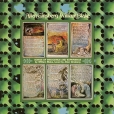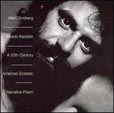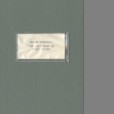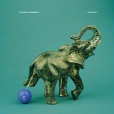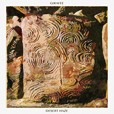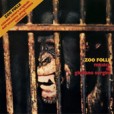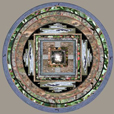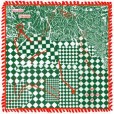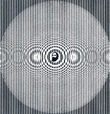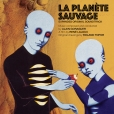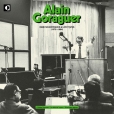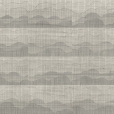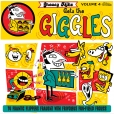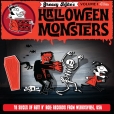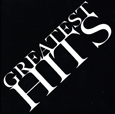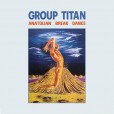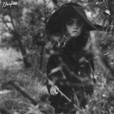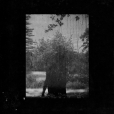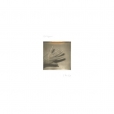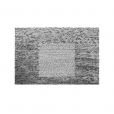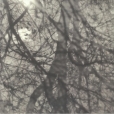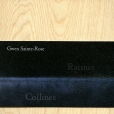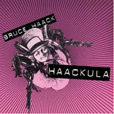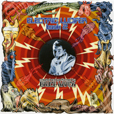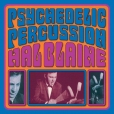Your basket is empty

The first disc presents the original MGM LP, with Ginsberg accompanying himself on piano and harmonium, supported by Don Cherry, Elvin Jones and Bob Dorough amongst others, in twenty-one vocal settings of Blake’s Songs Of Innocence And Experience. Plus an alternate take, as well as a song intended for the LP, but left off due to time constraints.
A couple of years later, in 1971, Ginsberg returned to the Blake material, recording eleven songs in San Francisco with none other than Arthur Russell. The ensemble also recorded three Tibetan mantras with a Buddhist choir. All on the second disc.
The 1964 recording of AG’s poem for his mother Naomi, fuelled by morphine, meth… and Ray Charles’ I Got A Woman on repeat.
Red vinyl, in its original gatefold packaging, with an added inner sleeve featuring new liner notes, and memorabilia provided by the Allen Ginsberg estate.
The classic session plus eleven previously unissued performances, featuring contributions from Bob Dylan, Happy Traum, Don Cherry, Peter Orlovsky, Arthur Russell and co, in a luxuriously turned out 28-page colour booklet with rare photos and new essay by the producer Pat Thomas.
John Hammond was chuffed by the original release of The First Blues in 1983: ‘I recorded Allen in 1976 but Columbia Records refused to issue the results, considering the songs obscene and disrespectful. I am thrilled to finally be able to present Allen… I will present ‘disrespectful’ music like this as often as possible.’
The 1973 soundtrack for René Laloux’s philosophical tale of anticipation, where men are used as domestic toys by blue giants, the Draags.
The orchestral expansiveness recalls Goraguer’s sixties projects with Serge Gainsbourg, but teleported to a psychedelic spaceway of its own, mapped out in a series of vignettes — moody, baroque, wasted, hypnotic, out-there — with funky wah-wah guitars, flutes, Fender Rhodes, breaks-n-beats drumming, and haunting effects.
Demonstrably beloved by Dilla, Madlib, Air, and co.
A new deluxe edition, mixed from the recently discovered multi-track tapes, including seven previously unreleased tracks and three alternate mixes.
‘The first in a new series from Jazzman featuring the lowest of the lowball schlock n’ roll 45s never known to exist! No box untouched, no crate unrummaged, no pile unpilfered! Just the greasiest and grimiest, the most shocking and sordid 45s… like The Zombie Walk, Night Sweats, The Chiller, The Prowler, and Screaming Vampire! By combos like The Sadists, The Monstrosities, The Nightmares, The Gravestone Four… Putrid pieces of raucous rot n’ roll.’
Brilliant, dazed and skewiff electro-pop from Fact magazine’s label of the year. The Autre Ne Veut is pretty great, too.
Two long, captivating soundscapes conjured by cello and Loop Station, inspired by the landscapes of Gaume and the Forêt de Soignes.
The disc is nestled in a wooden box, also containing multiple photographic inserts by Beata Szparagowska and the graphic designer Corentine Jaunard, as well as scraps of nature — feather, stone, leaf, moss — gathered by Gwen and friends. Click through for images.
Magical stuff.
Blaine is amongst the most recorded studio drummers in history, contributing to more than 35,000 sessions and 6,000 singles, including 150 US top 10 hits, with 40 number ones, as well as numerous film and television soundtracks. He was a regular drummer for Phil Spector: that’s his unforgettable drumming on The Ronettes’ Be My Baby.
This is bonkers exotica, replete with drums, gong, xylophone, organ, bongos, congas and timpani (not to mention Emil Richards on vibes), chocka with breaks.
